ABSTRACT
The land administration in urban areas in Somaliland remains weak following the war with the Somalia’s military regime which ravaged the major cities and the subsequent breakup of the responsible institutions for land governorship in 1988–1991. Certainly, the relation between land-use and land ownership, and the redistribution of land ownership in urban areas has largely disappeared from the political debate over the past twenty plus years in Somaliland. This study has shown that the current land disputes between Somaliland landlords in urban areas illustrate the type of problems which arise due to the skyrocketing prices of land selling among citizens on one hand, and the capacity of the state institutions to officially sanction such practices by which is not present on the other. Overall, while the capacity of the state authorities to govern the land is not the same as the capacity to invest, it can streamline, plan land-use and/or control, procedure and making better use of publicly owned land. The central objective of this study is to assess, evaluate and examine the current situation and practices on land ownership, the possible implementation of the land reform policies at local, regional, and national levels with a particular emphasis on Hargeisa, the nation’s capital, and its implications for the economies both local and national authorities and the society at the grassroots’, while the need for Somaliland to continue reforming its urban land policies is necessarily important. The study relied both primary and secondary data, and were analyzed it qualitatively.

